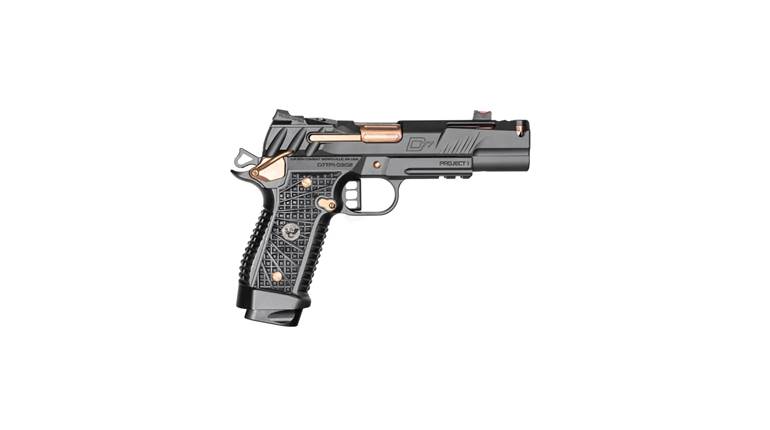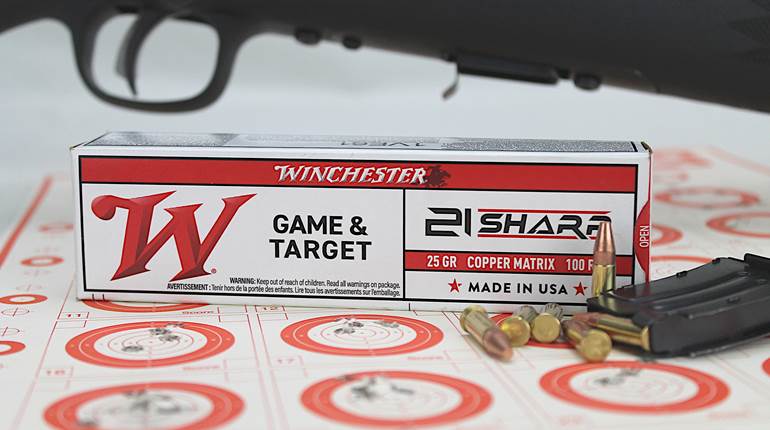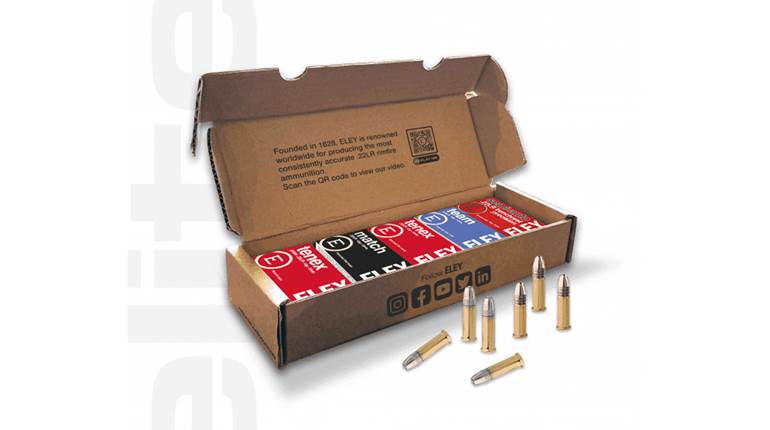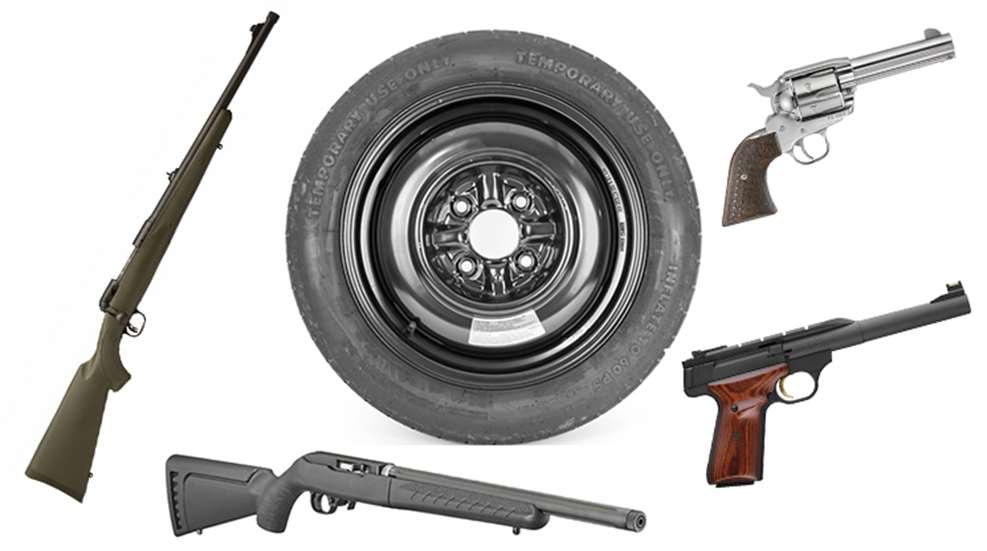
Members of the shooting industry are unlikely to ever agree on what qualifies as the “best” home-defense option, but they always seem quick to list the guns they believe to be sub-par for the job. Pocket pistols chambered in calibers smaller than .380 ACP (i.e Mouse Guns), single-shot rifles and shotguns, .22 Long Rifle rimfire pistols and carbines, bolt-action hunting rifles and single-action revolvers usually get a thumbs down from self-defense gurus because of certain platform limitations.
But what about those home defenders with limited resources who only have access to less-than-ideal guns for personal protection in the home? If the only gun(s) you own are not optimal defensive options, then consider what I’m going to call the “Spare Tire” Home-Defense Plan.
When I say spare tire, I mean those little “donut” spares that grace the trunks of most modern automobiles these days. While they're not full-size wheels, we're sure glad to have them if the need arises. In the same spirit as keeping a donut in the trunk, the strategies for boosting the defensive potential of less-than-ideal defensive guns provides a temporary emergency measure until something better can take its place. I’m not saying that a .22 rimfire pistol is “just as good” for home defense as a medium or large-bore center-fire pistol, but what I am striving to do here is provide those with limited resources the best edge possible—for now.
Here are a few ways to squeeze more performance out of what you’ve got:
Use the Right Ammunition for the Job
Underpowered calibers may not yield enough ballistic performance to stop a threat quickly and effectively. This category includes small-caliber pistol cartridges such as the .22 Long Rifle, .25 ACP and .32 ACP.
On the other hand, too much bullet energy inside the home can produce excessive recoil and muzzle blast (blinding and deafening the home defender) and risk unintended collateral damage by passing through walls into other rooms (and possibly out of the house itself). This category includes Magnum power revolver cartridges like the .44 Mag., .454 Casull and potent rifle cartridges used for big-game hunting.
It’s important to load your gun with the best quality of defensive ammunition you can find. This is especially important for rimfire .22 pistols and carbines. Using inexpensive bulk-box plinking loads for home defense is a bad idea because faulty primers, jams and inconsistent powder loads crop up on a regular basis. Switch to a premium-grade hunting load with the highest velocity your gun can safely handle.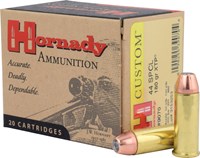
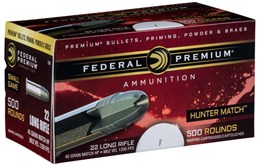
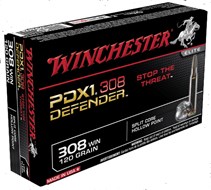
For low-performance center-fire cartridges, take the time to research projectile types to see which provide the best performance. Some cartridges perform better when topped with hollow-point bullets. Others do not produce enough velocity for the hollow points to expand reliably, such as the .32 ACP. In these cases, it's better to switch to a full-metal jacket load for improved penetration.
For overpowered Magnum handgun and big-game hunting calibers, look for reduced power loads or those especially designed for close-quarters defense. A .44 Mag. revolver can be loaded with softer shooting .44 Special just as a .454 Casull can be loaded down with standard velocity .45 Colt hollow points. A .308 Win. rifle can be loaded with a cartridge like Winchester's PDX1 120-gr. jacketed hollow point. I participated in a live demonstration of this round as it expanded rapidly and stopped right at about 11" in ballistic gelatin, making it a potent option that is less likely to over penetrate.
Premium- and defense-grade ammunition isn't cheap, but it can make all the difference in boosting performance and reducing the chances of ammunition related malfunctions. Just bite the bullet (pun intended) and spend the money needed to run a few boxes through the gun to ensure consistent and reliable operation.
Increase the At-Hand Ammunition Supply 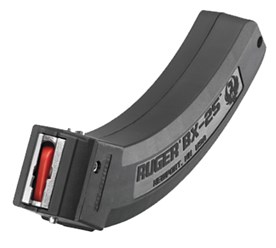
Some gun designs do not hold an optimum number of rounds for follow-up shots in case multiple shots are needed to stop a single threat or multiple threats are present inside the home. Single-shot long guns, double-barreled shotguns, bolt-action rifles with fixed three- or four-round magazines all fall into this category along with handguns that hold less than five rounds. The best way to improve the threat stopping capabilities of these guns is to increase the number of rounds at hand along with the speed at which they can be deployed.
If you have a .22 pistol that accepts a 10-round magazine, buy additional magazines to keep loaded and secured with the pistol and practice to improve your reloading speeds. If your only rifle is a rimfire that accepts extended magazines with a 15 or 25-round capacity, then use the larger magazines. For long guns with limited ammunition capacity, the shoulder stock can be fitted with a cartridge cuff designed to hold five to 10 extra rounds that can be easily reached by the support hand. For single-action revolvers and double-barrel derringers, rubber ammunition strips, like the Tuff Products Quick Strip, 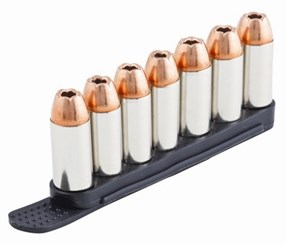 keeps spare ammunition handy and can be used to load one or two chambers at a time depending on the model of firearm.
keeps spare ammunition handy and can be used to load one or two chambers at a time depending on the model of firearm.
Learn to Run the Gun
Slow operational qualities are a concern when it comes to follow-up shots. The low-ammunition capacity guns listed previously can be listed here along with traditional single-action revolvers which hold six rounds of ammunition but require each individual cartridge to be manually extracted and reloaded. 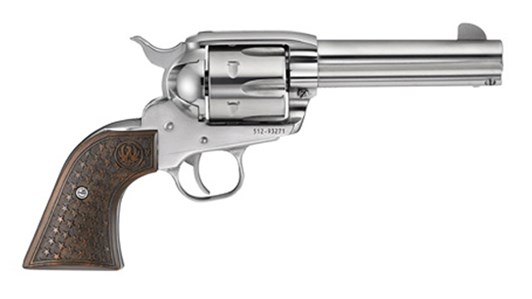
Remember, “obsolete” does not mean useless, a limitation in design is not a malfunction and under-armed is not the same as unarmed. The key to overcoming a slow-running gun today is the same as it was in the past: Increase the speed, skill and understanding of the person operating it.
One of the best examples I've seen of an “obsolete” firearm run with maximum efficiency was in a short online video I saw several years ago. Unfortunately, I can’t find a link to it now or I would point you to it. The gun in question was a single-shot, break-action 12-ga. with an exposed hammer that had to be manually cocked for each shot, which is certainly not a combat shotgun by today’s standards. But the operator clearly understood the limitations of his gun, worked through them with ample practice time at the range and used an effective at-hand ammunition system.
The demonstrator had a few shells in his pants pocket and the shotgun’s stock was fitted with an extended leather-cartridge cuff that held something like six or seven rounds. With the cuff’s loops fully stocked, he chambered a round and then held two additional rounds between the fingers of his support hand. He then proceeded to run the single-shot shotgun through its cock-fire-open-extract-load-close cycle about as smoothly as I've ever seen anyone run a gun before. He kept lead flying downrange at the rate of a shot about every two seconds. It wasn’t quite as fast as a pump or semi-automatic shotgun, but it was impressive nonetheless. Do some online homework, spend time learning the operations of the gun and you’ll be surprised at how much improvement is possible with practice.
Upgrade As Soon As Possible
During my tenure as a full-time gun writer, I've heard some readers say, in so many words, "Yeah, it's all fine and good for you to talk about this gun or that gun since you can actually get one. I'll never be able to afford it." I want the readers who feel this way to know that I understand what it's like because there was a time when I had to use these measures myself.
If you have to roll with a spare tire home-defense plan for now, please take what steps you can to maximize the effectiveness of the hardware you have. But do so with the understanding that it should be treated as a temporary measure until your gear can be traded out to something that offers better defensive performance.












